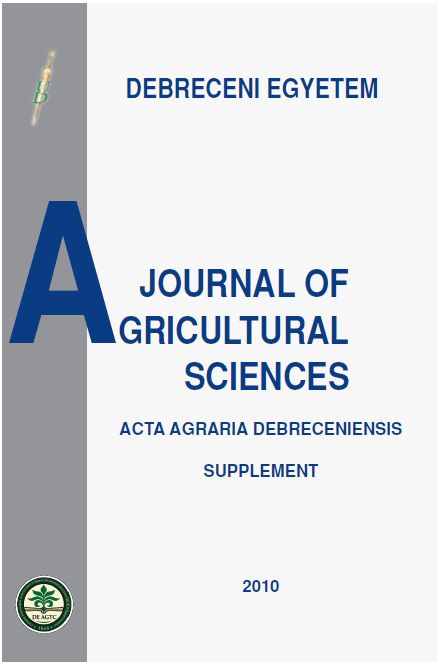Modern methods to determine vitamin E in foods and feeds
Authors
View
Keywords
License

This work is licensed under a Creative Commons Attribution 4.0 International License.
How To Cite
Abstract
Highly specific and sensitive, the proposed fluorometric method for determining α-tocopherol is robust and fairly fast. It
has been tested in parallel with a conventional thin layer chromatographic method on foods and feeds. The only necessary
cleanup is the usual saponification. The unsaponificable fraction can be extracted with ethyl ether or, preferably, with
Extrelut columns. Reagents and their solvents are added to the isooctane solution before each successive reaction and are
then eliminated by partition with water. The α-tocopherol (α-T) derivative always remains in isooctane. The first step is
nitrosation and elimination of tocopherols and tocotrienols other than α-isomers. α-T is then oxidized to α-tocored (α-TR)
with a mixture of sulfuric acid, ferric chloride, and iodine bromide. Α-TR is then condensed to a new reagent: 4,5-dimethylo-
phenylenediamine. The phenazine formed is strongly fluorescent. Iodine and bromine add to the double bonds of α-
tocotrienol present and quench the fluorescence of its phenazine.

 https://doi.org/10.34101/ACTAAGRAR/I/8374
https://doi.org/10.34101/ACTAAGRAR/I/8374